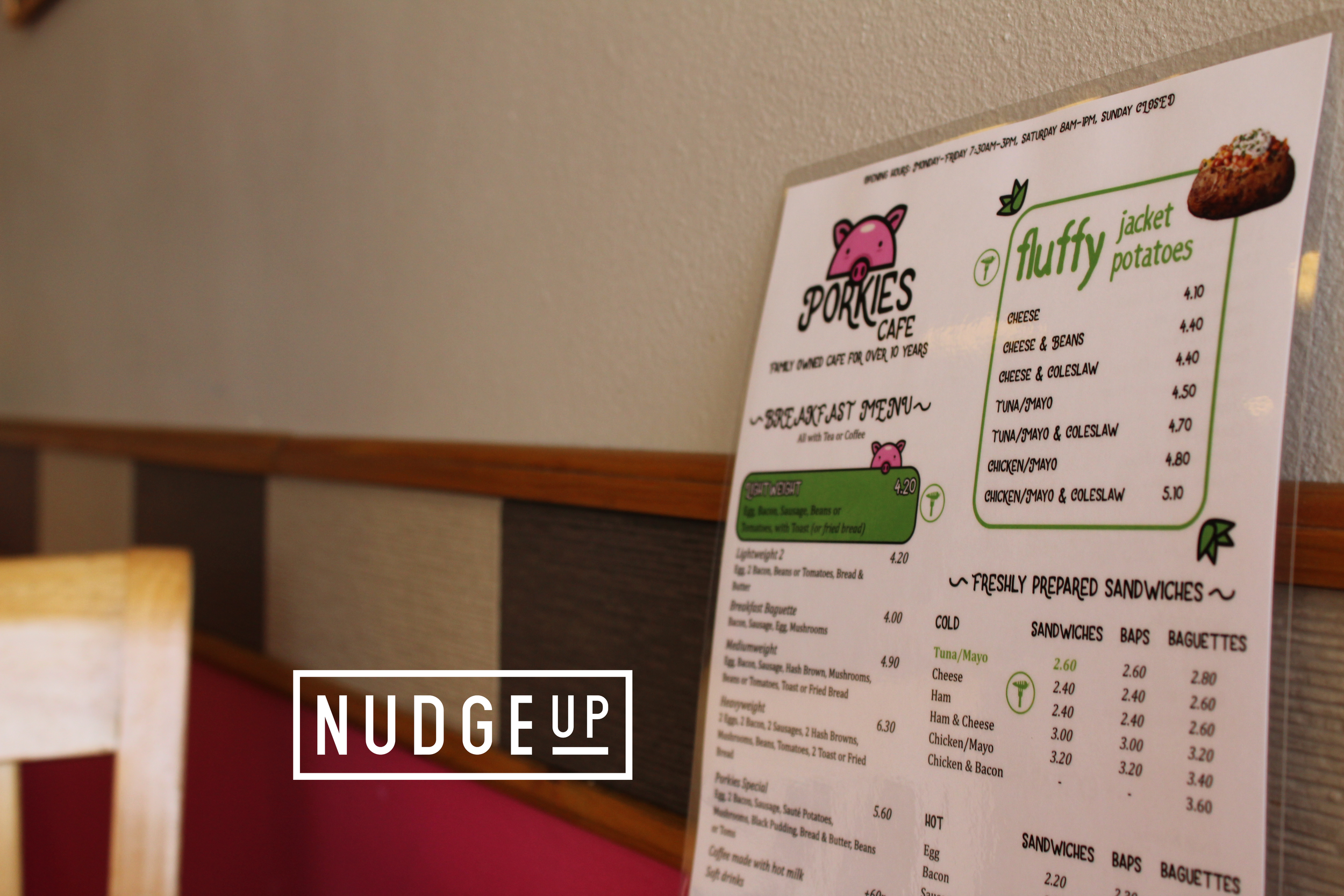The Smart Menu: A menu design for smarter eating
Why employers need green fingers: How to increase employee health and productivity using nudge
Imagine your employees are tomato plants inside a large greenhouse (your organisation). To ensure you get a great crop of tasty tomatoes, from your employees, you need a balanced greenhouse that provides plenty of healthy conditions. Unfortunately, most modern organisations have neglected the importance of their employees health and have consequently suffered in terms of increases to absenteeism and loss of productivity. However, through nudge insights, we can now start to think differently about the design of staff canteens to foster healthier employees and in return boost productivity.
Using data to open your eyes. Don't build in the dark.
As Arthur Conan Doyle states, in his Sherlock Holmes novels, “It is a capital mistake to theorise before one has data”. In this blog, we advance on Arthur C. Doyle's remark and explore why and how you should use evidence-based practices, specifically the Observation method, to gather data in order to aid the design and implementation of your projects.
Why employees need to become dancers: Understanding the overlaps of nudges and planned choreography
Behind all great pieces of choreography there is a great planner – piecing together routines and movements that, when put together, will produce an effective display of actions. Without an effective planner, there is no plan and consequently a poor display of choreography. This is where the overlap between choreography and behaviour change lies; and in fact, once you realise the significant similarities, you can see how you can utilise it's strengths to positively impact behaviour change.
Breaking the Status Quo
The Status Quo bias is our tendency to choose our current or preferred situation over a different one. It is the behavioural bias that makes us experience the little pulses of fear every time we are about to experience change.
In this blog we explore the Status Quo bias and how it hinders our decision-making.
2016: The strange case of the New Year's resolution
It’s the same story. It reads like a 19th century gothic horror novel, full of unnerving ghouls and beasts that slowly drag you down into your own pit of darkness. Its title is: The New Year’s Resolution.
We have all been there. After a few months we just give up, if we have even lasted that long! But, why is this? The answer is a process we fight with daily; it is known as self-control.
In this blog we explore the concept of self-control and the steps we can take to control it.
The Starbuck's Paradox: The problem of too much choice
While it is a common assumption that the variety of options is what attracts people in making a choice, the overabundance of options may sometimes result in negative consequences.
The effects of too many options can lead to a lack of motivation to choose, increase in stress and anxiety and the potential for regret. This behavioural phenomenon is referred to as “choice overload”.
In this blog we explore the consequences of choice overload and how it effects us, as a consumer.











